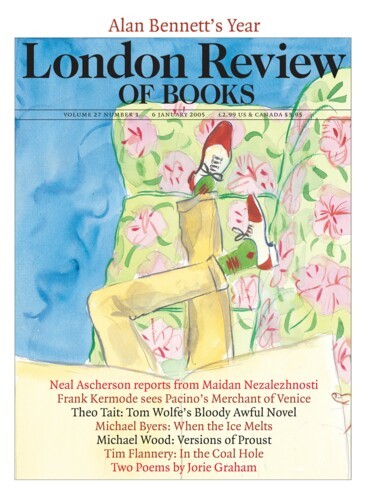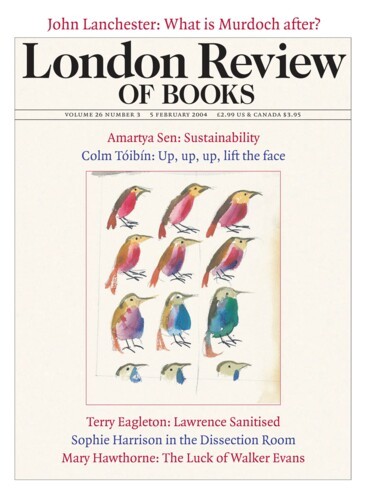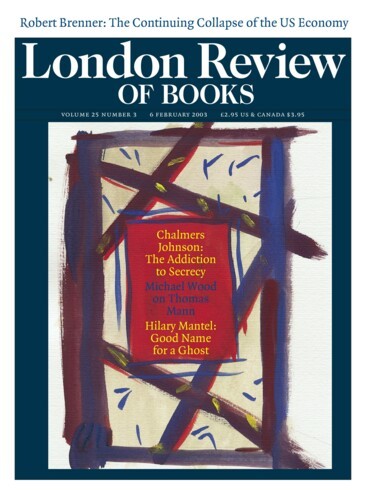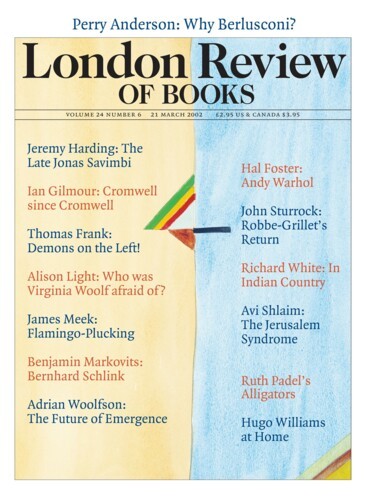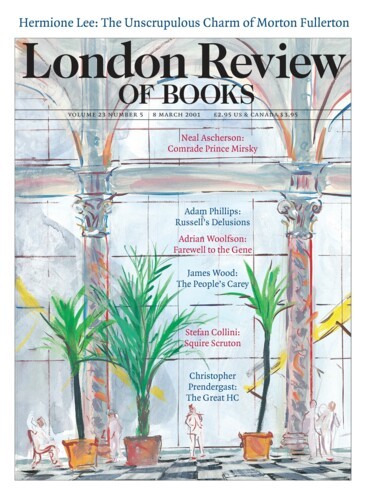Make your own monster: in search of the secrets of biological form
Adrian Woolfson, 6 January 2005
On 24 August 1848 an advertisement in the Brooklyn Eagle triumphantly announced a performance by ‘the most extraordinary and interesting man in miniature in the known world’. Charles Sherwood Stratton was a perfectly formed 25-inch-tall midget, who weighed only 15 pounds. It had been the idea of the Victorian freak show impresario Phineas Taylor Barnum to present him in the guise...
